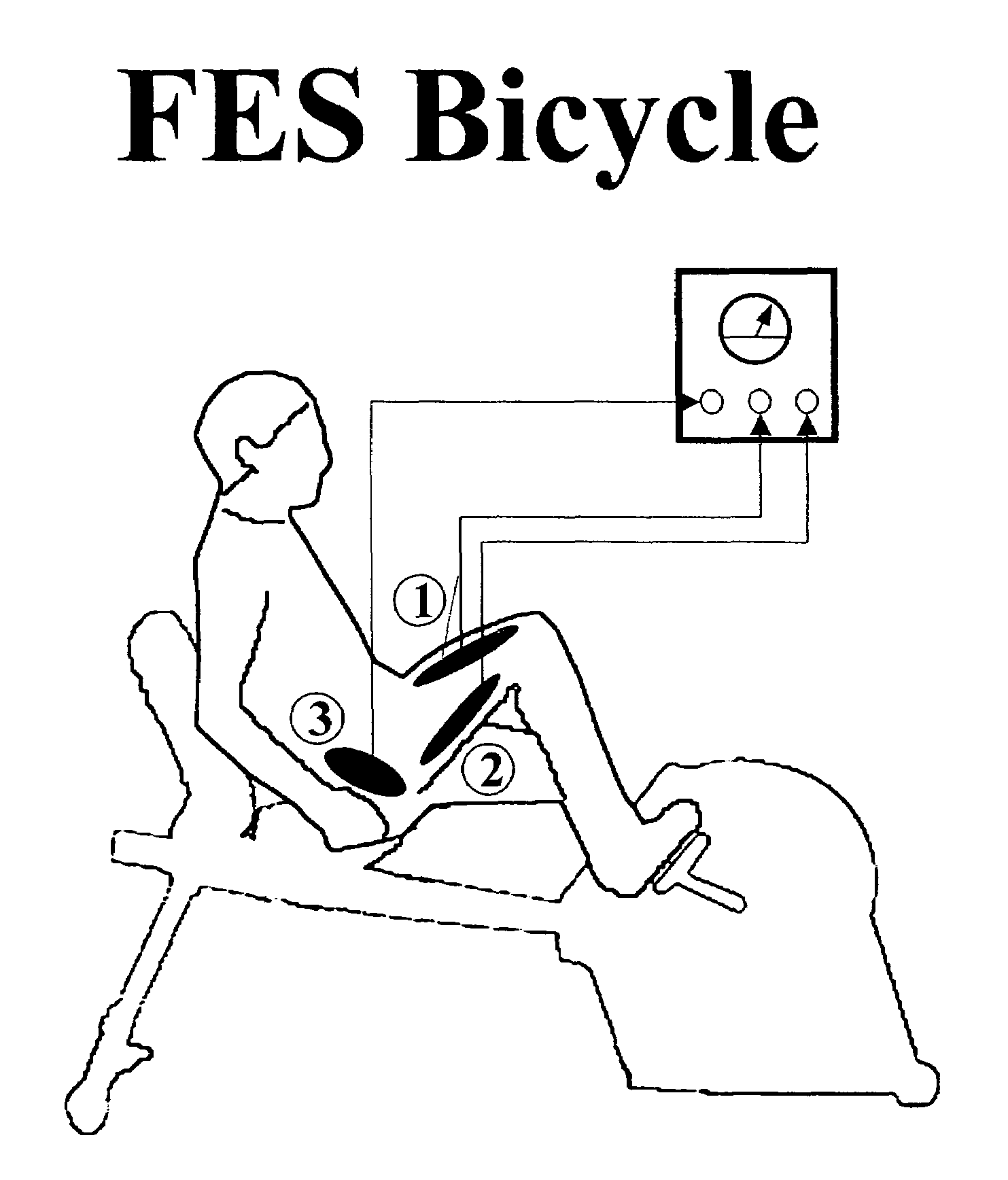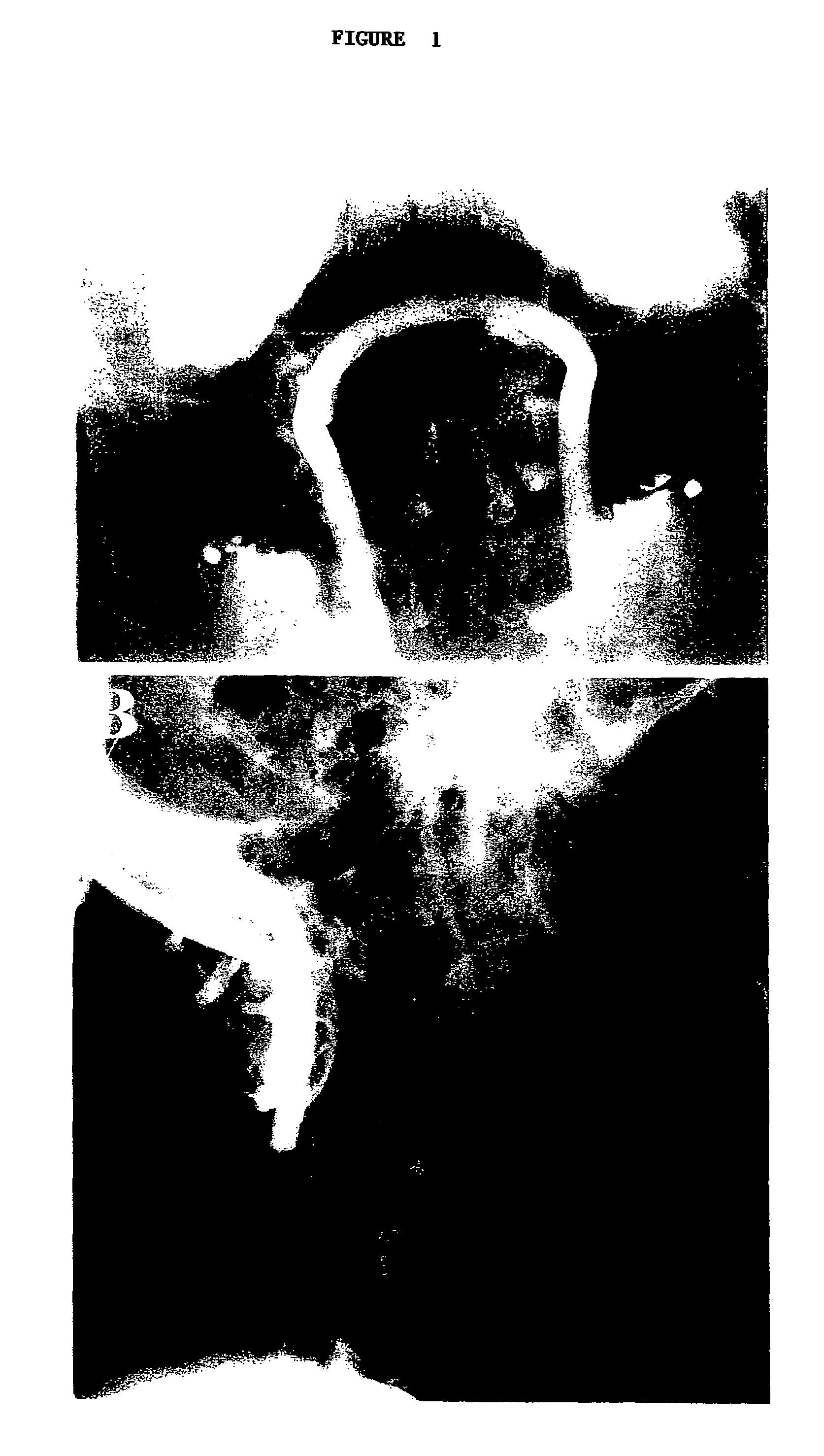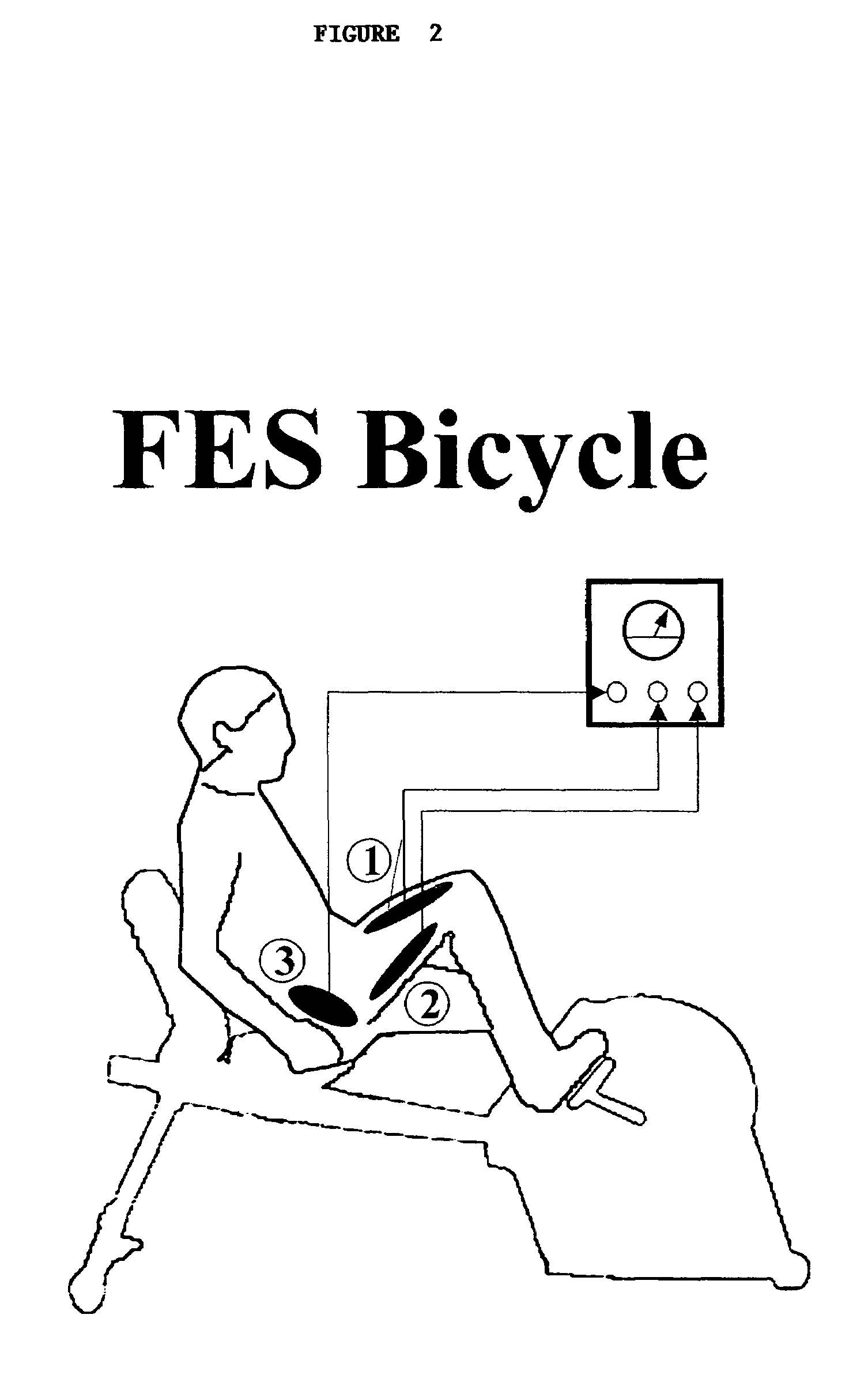Methods for treating central nervous system damage
- Summary
- Abstract
- Description
- Claims
- Application Information
AI Technical Summary
Benefits of technology
Problems solved by technology
Method used
Image
Examples
example 1
Neural Regeneration in Humans
[0077]Spinal cord injury (SCI) is a well-known cause of CNS damage resulting in substantial or total loss of CNS function, including loss of sensory or of motor function, or both depending on the precise nature of the injury. Use of the inventive therapy for late recovery from SCI injury may result in substantial if not complete restoration of motor and sensory function, even with a stable ASIA Grade A injury. Such partial restoration of function is possible even when the late recovery is well beyond the 6-months-from-injury time frame previously accepted as the period within which large improvements are possible for ASIA Grade A patients. According to the methods of the present invention, late recovery of function is possible even several years after injury.
[0078]This prospective, single-case study evaluated the potential for functional recovery from chronic spinal cord injury (SCI). The results are described fully in McDonald et al, J. Neurosurg. (Spin...
example 2
CNS Regeneration in Rats
[0127]Subjects, animal care and surgery: Thirty adult Long Evans female rats (275±25 g; Simonsen, Gilroy, Calif.) were housed (12:12 h light:dark cycle) and treated in accordance with the Laboratory Animal Welfare Act, and Guidelines / Policies for Rodent Survival Surgery (Animal Studies Committee of Washington University in St. Louis).
[0128]Six groups were examined using two survival intervals following the BrdU pulse label, either immediate or 7 days later. All 30 rats received FES implants. Twenty-four rats received a spinal cord injury 3 weeks prior to FES device implantation. Six additional rats were uninjured controls. In half the animals (n=15) the FES systems were activated. FIG. 7(a) shows a schematic drawing of the experimental rat model showing the relationship between the injury and stimulation level.
[0129]FIG. 7(b) shows the 43-day time line for the experiment in which twelve Long Evans adult female rats received a complete transection of the spina...
example 3
Functional Reorganization and Stability of the CNS in the Human Subject
[0167]The functional organization of somatosensory and motor cortex was investigated in an individual with a high cervical spinal cord injury, the human subject of Example 1, supra. As described above, the subject demonstrated a 5-year absence of nearly all sensory and motor function at and below the shoulders, and a rare and surprising recovery of some function in years 6-8 after intense and sustained rehabilitation therapies. The results are described fully in Corbetta et al, Proc. Natl. Acad. Sci. 99: 17066-71 (Dec. 24, 2002), which is herein incorporated by reference in its entirety, together with the primary references contained therein.
[0168]Functional magnetic resonance imaging (fMRI) was used to study the subject's brain activity in response to vibratory stimulation and voluntary movements of body parts above and below the lesion. No response to vibratory stimulation of the hand was observed in the primar...
PUM
 Login to View More
Login to View More Abstract
Description
Claims
Application Information
 Login to View More
Login to View More - R&D
- Intellectual Property
- Life Sciences
- Materials
- Tech Scout
- Unparalleled Data Quality
- Higher Quality Content
- 60% Fewer Hallucinations
Browse by: Latest US Patents, China's latest patents, Technical Efficacy Thesaurus, Application Domain, Technology Topic, Popular Technical Reports.
© 2025 PatSnap. All rights reserved.Legal|Privacy policy|Modern Slavery Act Transparency Statement|Sitemap|About US| Contact US: help@patsnap.com



